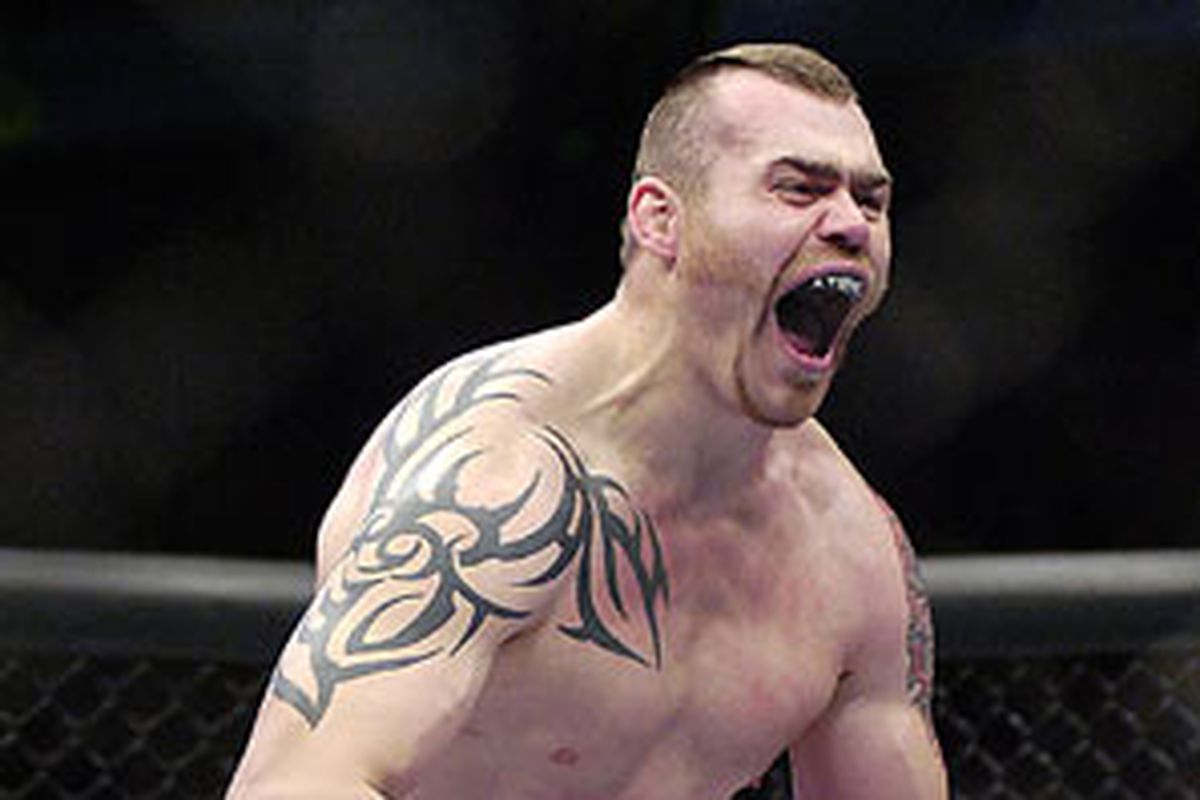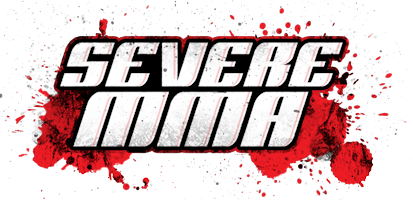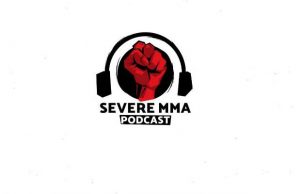

By Brad Wharton/@MMABrad48
With the world busy tearing itself limb from limb over pandemics, politics and police brutality, it feels unnecessary – almost callous – to be sat here pondering the wherefores and whys of professional cage fighting. MMA is back though, and with it comes the pain, the glory and the often brutal reality of life as a professional fighter once the cameras stop rolling. So what exactly does a forgotten champion have to do with today’s hot topic?
Tim Sylvia was never supposed to be a UFC champion. By his own admission he wasn’t particularly athletic, nor the most technically astute. The regimen required of a championship calibre fighter, especially one in the famed Miletich Fighting Systems camp, wasn’t something that came to him easily, let alone naturally. By all accounts he was viewed as something of a ‘try-hard’, even by his own teammates. But that’s what Sylvia could do: He could try hard.
Fast forward a couple of years and the ‘Maine-iac’ was laying one of the most hellaciously one-sided beatings in heavyweight history on Wesley ‘Cabbage’ Correira. It was the dream UFC debut and with the victory came a title shot. Six months later the big gold belt was his.
A legitimate monster of a man who often had to cut weight to make the heavyweight limit, on the face of things Sylvia was everything the UFC could have wanted as a champion. A mohawk, tribal tattoos and a gameplan heavily weighted towards blunt force trauma; he was the prototypical mid-00’s MMA fighter. It was no surprise then that the UFC was keen to match him against the likes of Andrei Arlovski and Frank Mir; fellow prospects in the post-Couture heavyweight landscape.
As for what happened next, turn on search suggestions in Google and type the words “Tim Sylvia…”, you’ll soon have your stomach-churning answer.
Frank Mir snapping the champion’s forearm clean in two, Herb Dean’s reaction and Sylvia’s insistence that he was unhurt and could continue was a viral moment for the UFC before such things existed. As well as adding to Mir’s gruesome playbook of limb-wrecking submissions, Sylvia’s response – shaking it off as though he hadn’t felt a thing – would generate massive interest in a potential rematch.

Fate had different designs though. The reality for Sylvia was that he had a shattered right forearm and a modus operandi that revolved around bouncing the fist on the end of it off people’s heads. Still, the UFC paid for his surgery – two metal rods screwed into his arm – and although he would never get a second crack at Mir, Sylvia would eventually reclaim his heavyweight strap.
If you discovered MMA at any point during the last decade, you’d be forgiven for not being particularly au fait with the career of Tim Sylvia, or at least Tim Sylvia: Heavyweight Champion. After all, he’d left the big show way back in 2008 and things had gone less than swimmingly for him post-UFC. The wins did not come easy. And the losses? They were devastating. Sylvia retired in 2013, an unfortunate victim of a career downturn that coincided with the biggest industry upswing in MMA history.
Sylvia’s relationship with the UFC soured significantly after he asked for – and was granted – his release to join upstart rival Affliction MMA, with both parties trading a series of barbs over various platforms in the proceeding years. It was a strange but welcome surprise then, to see him featured on a March 2020 episode of the UFC Fight Pass ‘Where Are They Now?’ series.
Finally, a happy (or at least amicable) ending.
Well no, not quite. Sylvia recently shared a photo of his infamous injury on social media. Where there should have been a cool scar with the kind of gnarly backstory that means you rarely have to buy your own pint, Sylvia has been left with rotting screws protruding from his forearm. What’s more, his Instagram post indicated that the UFC has refused to pay for any further treatment.
It’s a grim look, literally and figuratively, but particularly after Jon Jones’ recent twitter spat with Dana White brought UFC fighter compensation back into the news cycle. And while few of us will be losing sleep over whether Jones nets six, seven or eight figures for his next fight, Sylvia – whose biggest UFC paydays paled in comparison – has gained a measure of online support.
It’s an unpopular opinion, but I don’t believe the UFC are (legally, at least) liable for Sylvia’s current plight. The injury they paid for occurred 16 years ago and he’s fought twenty-five bouts since, fourteen of those in different organisations. There’s not a court in the land that would find in his favour.
The UFC invites a lot of its own criticism, positioning itself as a world leader in sport alongside the likes of the NFL, while falling comparatively short when it comes to factors such as revenue share, employee status and support for former athletes. Pointing out that flawed comparison is an easy win in the court of social media virtue signalling… but it’s not the NFL that’s falling over itself to pour money into pensions and healthcare, it’s the players.
Everything from better pay and healthcare to pensions and support for retired players has been collectively bargained for by player unions. Had the fighters of Sylvia’s era organised themselves in a similar way, he may not be in the unfortunate position of having to crowd-fund surgery. And while there are arguments for and against unionising in any field, it’s hard to see a scenario where purses alone will increase significantly across the board without some kind of collective negotiating.
Unfortunately we seem about as far away from making that vision a reality in 2020 as we ever did. Efforts to form fighter collectives have ranged from the ineffective (Project Spearhead, to which only a relative handful of fighters signed up) to the calamitous (MMAAA, initially fronted by a former promoter with a less than stellar track record of fighter advocacy).
At the time of writing, social media is awash with discussions of Jones, Jorge Masvidal and Conor McGregor’s recent decisions to sit out rather than fighting for less money than they feel they are worth. Once again revenue share, unionising and the balance of power are the hot button topics of the day, but once again, we’ve been here before and we know it doesn’t last.
Eventually Jones, Masvidal, McGregor, Nate Diaz, Henry Cejudo or whoever else is at loggerheads with the UFC at that given moment will get their belly filled and we’ll return to the status quo, for a while. And it’s tough, because every so often something like The Athletic’s recent fighter survey pops up, and you see a worryingly high number of active fighters experiencing issues related to TBIs, and almost 80% of respondents falling in favor of unionisation…
…but nothing happens.
Most of us, I’d like to think, won’t run out of sympathy for individual athletes who wind up in a bad spot; you’d have to be deeply inhuman for that to be the case. Surely though, there is a limit on the amount of patience fans, media and advocates will have, as scenarios like Tim Sylvia’s continue to occur?
The likes of you and I can scream until we’re blue in the face about rates, rights and responsibilities, but ultimately it’s a fighter’s problem that will require a fighter’s solution. So while I don’t believe the UFC are responsible for Tim Sylvia’s plight, it’s not because I don’t think they should be.
I’m just waiting for fighters to force their hand.
You can read more about Tim Sylvia’s crowd funding campaign and donate here.



